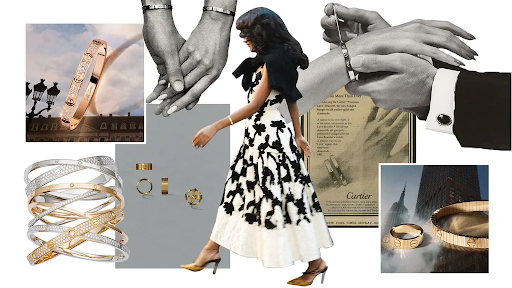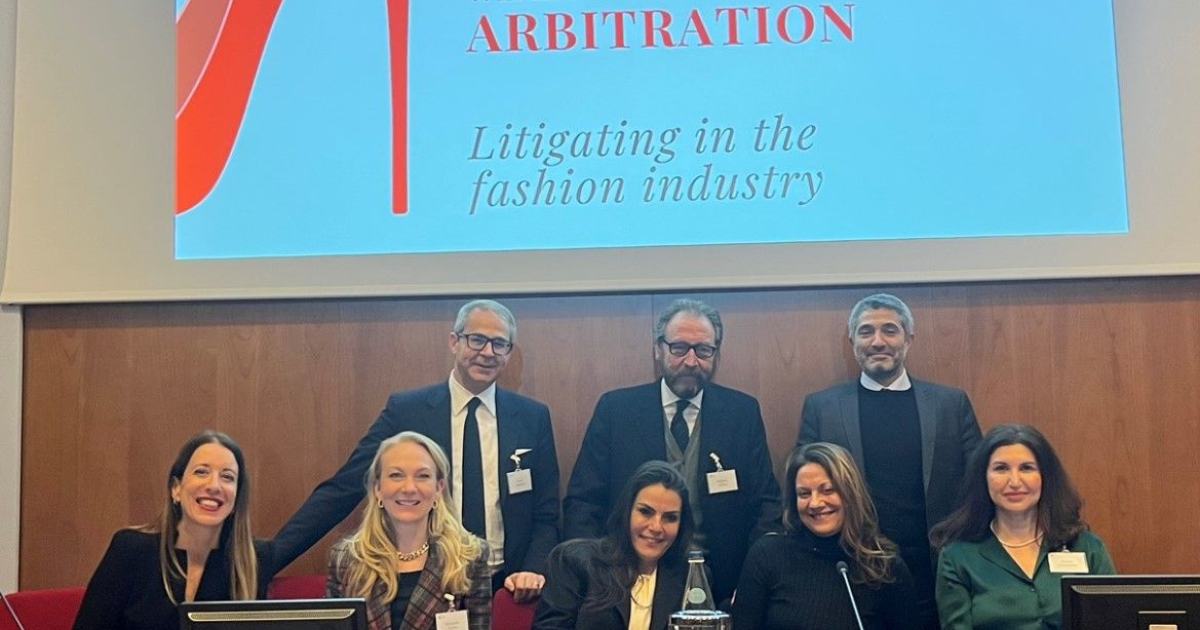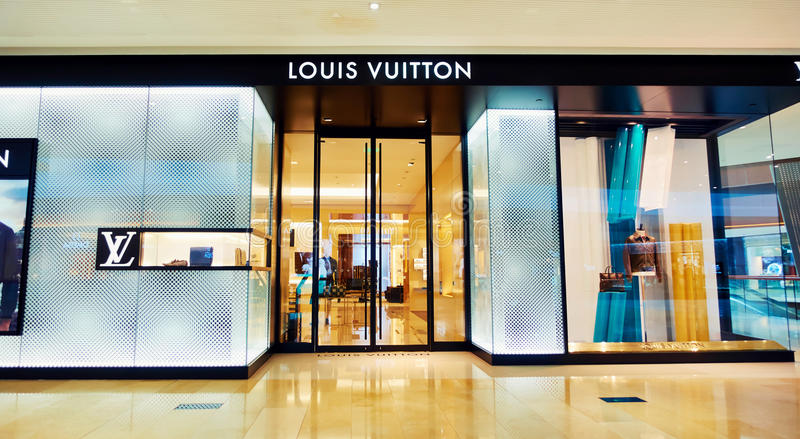If one were to google anything about finances, they at some point will come across the term, NFT. In the February of 2021, Axie Infinity recorded a wopping sale of 1.5 million Dollars for land, and in another instance, LeBron James’ Slam Dunk NFT card on the ‘NBA Top Shot’ platform sold for over 200,000 dollars.
What’s the catch? No commodity sold in both instances was real. One can say that such cards have always had an evergreen demand in their respective communities, say the famous Pokémon cards and Cricket Attacks to name a few.
NFT have just diversified its scope and introduced, Wearable NFTs. Can you own these wearable NFTs?
In our regular day to day activities, the concept of ownership is quite simple. One needs only a commodity, truly and in whole under the ownership of one person to transfer the same ownership to another through any exchange or sale they shall have regarding the principal commodity. However, with the rise of the digital world, NFTs began to surface better known as Non-Fungible Token. These commodities are single piece articles that remain only unique to themselves and cannot be recreated.
This is achieved through the blockchain, those which are digital ledger programmes that use all computers connected in a network to act as ledger folios to a certain entry. Simply put, each computer contains the same entry made regarding a certain NFT, this includes the colour, design, original owner, creator, and other details alike. In the event any one computer or node is given another entry or attempts to change the information present, the ledger corrects itself thereby never allowing to actually changing the information itself.
If wearable NFT are digital assets on the blockchain, then how do you own and wear one?
~
Intellectual Property: What is it?
Before we get into the topic of wearable NFT, we must understand the concept of intellectual property. Intellectual property, in short known as IP refers to the legal rights that a property has by virtue of man’s intellectual activity. This can be anything from scientific to art and even literary works. One can say that is simply, the commodity of the mind.
On legal examination, we can ascertain that any IP shall have the following three elements:
- Intangible nature
- Derived from common law
- The law recognizes and preserves the rights of IP holders.
During the convention for World Intellectual Property Organization (WIPO), Article 2 (viii) read as such –
“Intellectual property shall include rights relating to literary, artistic and scientific works; performances of performing artists; phonograms and broadcasts; inventions in all fields of human endeavour; scientific discoveries; industry designs; trademarks, service marks and commercial names and designations; protection against unfair competition, and all other rights resulting from intellectual activity in the industrial, scientific, literary or artistic fields.”
Such intellectual properties, unlike real or physical properties have a timestamp. Any Intellectual property shall become public knowledge after a fixed time period has expired. In the case of patents, such is 10 years from the filing of any patent.
Each state therefore focuses on recognizes and protecting all such intellectual property within their own state in-order to better aid their global standing.
Any IP comes in the following forms –
1.) Patent rights – Patents protect new inventions and how they work. There are three types of patents: utility, design, and plant patents.
2.) Copyrights – Copyrights protect musical works, literary works, dramatic works, broadcasts, cable programs, films, sound recordings, and published editions.
3.) Trademarks and Brands – Trademarks and brands enable businesses to protect their corporate image so that they can create a unique identity to distinguish themselves from their competitors.
4.) Protection of Trade Secrets – Trade secrets are formulas, devices, processes, or other information that businesses keep confidential to maintain a competitive edge.
5.) Design Rights – Design rights allow inventors and businesses to protect the appearance, shape, and form of a product. Examples of trade secrets include customer lists, soda formulas, computer algorithms, and survey results
~
NFT – Non-Fungible Token
Non-Fungible Tokens are in simple terms, assets of a non-replicative nature. These assets are digital and are not more than one in number. The idea is that there is only one unit of that commodity, increasing its value for potential buyers and enthusiasts. They are unique and cannot be replaced.
If a digital item is registered on the blockchain, it is unique and gives the owner of that NFT digital commodity, irrefutable proof through the blockchain that they are the sole owner of the original token.
According to Section 14 of the Copyright Act, 1957, an owner who has the bundle of rights which allows the person to make reproduction and adaptations as they see fit. The transaction is quite simple, a registered user with the NFT will transfer via Blockchain to the buyer and the required tokens are credited into the seller’s digital vault.
Considering NFT and IP together, it is safe to say that Design and Copyrights are the forms of IP are strongly associated with the most Non-Fungible Token.
In most circumstances, Smart Contracts are used to create a virtual executive contract which gives exclusive rights to only one user rightfully purchased the NFT from the creator. This solves the problem of date entry, wherein after a said data is entered, it cannot be altered on the blockchain. This system coupled with other software which protects images and text on websites create a near fool-proof system against any sort of re-creation.
For example, Nike has obtained a patent for “generating Cryptographic Digital Assets for footwear,” which would allow a buyer of a shoe to ensure that their shoe is authentic, and also enjoy a digital collectible version of their shoe in their wallet (better known as Cryptokicks). In general, blockchain patents continue to show accelerating growth.
If one is a block chain inventor, they should be considering whether their work qualifies for patent protection. While obtaining patents for blockchain-related items might be difficult, it is possible. In the US alone thousands of block chain patents are already being filed every year.
~
Wearable NFT
Wearable NFT poses a different question from the regular question of NFT ownership. If one were to own art or music pieces, it is easy enough to secure the same using exclusive contracts and data protection software? The fashion world has also been set abuzz with NFTs such as the latest collaboration between Gucci and Superplastic (SUPERGUCCI), we must now analyze the legal complication of having wearable NFT.
SUPERGUCCI, created a new limited line of NFTs in a three-part series of ultra-limited NFTs co-created by Gucci’s Creative Director Alessandro Michele and synthetic artists Janky & Guggimon.
Another important development in the fashion world was the trend of generating luxury into the metaverse, where interested users can purchase such wearable NFTs designed by luxury houses like Louis Vuitton, Valentino, and Burberry. Such wearables would come in two forms, ones that would dress your meta-verse’s avatars and another in the form of a filter, that which would act in collaboration with real time pictures.
These digital-only designs make use of blockchain technology and smart contracts, which also help prove their uniqueness, authenticity and ownership of each garment or accessory.
The popularity of such NFTs’ is due to their scare and secure nature giving people the ability to feel unique.
There only exists ONE NFT for each of its kind and is secured beneath layers of data protections which can make it nearly fool proof. This combined with the recent success of Meta-verse and the internet age creates the perfect transition for luxury brands. Even automotive companies like BMW are creating what they call virtual factories which shall each have their own output decided by real world management.
Lux brands are no strangers to peak demands and pop culture influence; however, the new stage of digitalization has brought many legal questions into the picture.
Such like the topic of this article, ‘How does one justify the ownership of their own NFT if they are not the creator?’
We can use smart contracts which are programmes that enable a certain premade function when the conditions or prerequisites are met. In our instance, a smart contract can be programmed to issue an agreement which shall specify the date, time and principal matter involved in the transfer itself. This along with the client’s digital signature can act as a warrant to one’s ownership of a certain wearable.
Another solution which can be adopted is the creation of a separate ledger on a periodic basic that shall each surpass the previous ledger with updated content which shall include the ownership of any NFT.
Since the blockchain exists in such a way that everyone is given access to public information which includes ownership details, it is safe to say that such methods can be incorporated for the next few years. As it is a NEED which must be given the attention to.
But what about the final question? Can we legalize and subsequently regulate a market that runs in a digital world? Where does the accountability lie?
~
Legality of Wearable NFT
Under the Indian Patents Act, 1970, NFT can be considered to be NFT’s if we were to take the letter of law, the four conditions –
- Not obvious
- Novelty in character
- Useful in nature
- Should not be commercial exploitation
Though some in the world would argue on the third and the fourth point, when it comes to the matter of the law, the law is clear. Therefore, any NFT can be patented or copyright as the case may be. By virtue of this, one can say that even NFT holders possess the same rights as that of a regular IP rights holder.
However, enforceability is another matter entirely. The reason enforceability remains a big question is for three reasons –
- When we understand the concept of NFT, we also understand the threat it poses to all centralized systems. Due to its decentralized nature, any NFT in such a system is difficult to recognize legally due to the lack of primary information. In cases where someone has infringed on another intellectual property, we can sue for damages however, in a system that remains decentralized, finding actual perpetrators remains a mystery.
- In circumstances where there is an institution involved, perusing any infringement becomes a difficult suit due to newness of NFT and a lack of strong jurisprudential base. This paves the way for legal supremacy without a justified defense provided the counsel is good enough.
- In the event ones does engage a good counsel and is able to track all primary information, there is still the matter of legislature. Thought countries like India and the United States are actively working to output a legislature regarding this area of data science, the lack of adequate legislature has thrown the judiciary into a retrospective state.
In the real world, artists have already begun to file cases both domestically and internationally on counterfeit NFTs and trade dress infringement issues circling the market. But, with the lack of a regulatory body paves a perfect way for avoiding law itself.
We can say that in order to secure ownership, one can get into a smart contract system and prove the ownership of a certain commodity but that still remains as an arbitrary procedure which does pose a circumstance for error. Apart from the general due diligence taken during the course of registration of any IPR, a system must be designed to regulate, understand and father expand on the promise that such NFT markets hold in virtual economics.
~
CONCLUSION
In practice, this is no different from the regular sale of goods and copyrighted works being sold to buyers between residents in foreign countries or domestically. However, given the anonymous character of blockchain vaults and transactions, the creators who sell NFTs have no way of preventing reselling, counterfeiting or another malicious data breach or use. Such acts may even occur in countries that do not consider the laws of Intellectual property as the rest of the world.
IP laws are established for the primary purpose of protecting business assets. The kind of IP laws applicable to a business depends on the type of asset the business has. Fashion brands, books, computer software, and photographs are some of the types of assets that usually require the protection of IP laws.
Unlawful use or copying of an asset protected by IP rights, without the owner’s permission, is called infringement. An owner of IP rights has to enforce his or her rights and bring infringement proceedings before a civil court against another party for unlawful use.
Types of infringement that are regarded as criminal offenses include copyright piracy and trademark counterfeiting
The fashion industry is heading towards a major trend of virtual clothing which could be the start of yet another fashion revolution. We shall soon see more virtual ramp walks, virtual modeling and a near complete digital integration where one would not even be required to phsysically make their way to a store to try on clothes and just make purchases by trying them on at the store using their avatars.
What we do here in the real world, into the digital world for lesser costs and more demand. This is the next economic revolution, a new boon to the fashion industry.
~

















